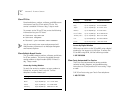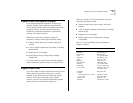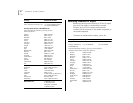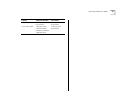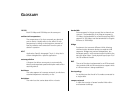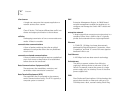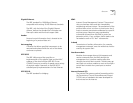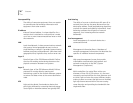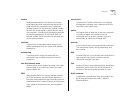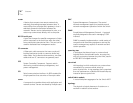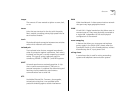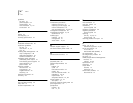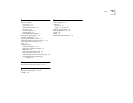
80
G
LOSSARY
interoperability
The ability of computer equipment from one vendor
to communicate and exchange information with
equipment from other vendors.
IP address
Internet Protocol address. A unique identifier for a
machine that is attached to a network that is made
up of two or more interconnected local area or wide
area networks.
LAN
Local Area Network. A data communications network
that spans a limited geographical area, such as a
single building or campus. It provides communication
between computers and peripherals. LANs have small
geographical size, high data rate, and low error rate.
Layer 2
Data-link layer of the OSI Reference Model. Defines
the rules for sending and receiving data across the
physical connection between two systems.
Layer 3
Network layer of the OSI Reference Model. Defines
protocols for routing data by opening and
maintaining a path on the network between systems
to ensure that data arrives at the correct destination
node.
LED
Light emitting diode. Semiconductor device that
emits light produced by converting electrical energy.
Status lights on hardware devices are typically LEDs.
load-sharing
The ability of a router to distribute traffic over all its
network ports that are the same distance from the
destination address. Good load-balancing algorithms
use both line speed and reliability information. Load
balancing increases the utilization of network
segments, thus increasing effective network
bandwidth.
local management
Local management of a network device via a
connected terminal.
MIB
Management Information Base. A database of
network management information that describes the
specifics of individual network components.
MLAN
High speed management busses that provide
intermodule communication and network and
network connectivity to the SMC (System
Management Component).
MMF
Multi-mode fiber. An optical fiber with a core
diameter of from 50 to 100 microns. It is the most
commonly used optical fiber for short distances such
as LANs. Light can enter the core at different angles,
making it easier to connect the light source. However,
light rays bounce around within the core causing
some distortion and providing less bandwidth than
singlemode fiber.



